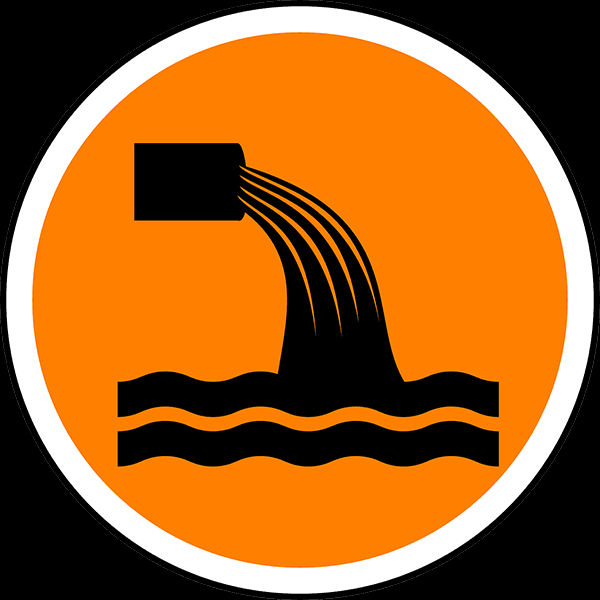The Main Principles Of Reclaim Waste
The Main Principles Of Reclaim Waste
Blog Article
Reclaim Waste Fundamentals Explained
Table of ContentsWhat Does Reclaim Waste Do?The Of Reclaim WasteAll about Reclaim WasteOur Reclaim Waste StatementsOur Reclaim Waste Ideas
Domestic sewage waste refers to the waste and products from a household septic container. The correct administration and disposal of residential sewage waste call for liquid waste to be moved to a sewage therapy plant where the proper methods and devices are applied to detoxify and dispose of waste.
Industrial waste typically includes possible risks, such as combustible products or a mixture of fluid and strong waste products, and needs a much more sophisticated and detailed disposal process. The disposal of business waste generally entails the filtration of waste prior to transport to ensure risk-free and correct disposal. Hazardous waste is created from by-products and overflow of commercial procedures and manufacturing.
This kind of waste can not use the very same sewage administration transport or procedures as septic or business fluids. The commercial waste management process requires the assessment and screening of fluid waste prior to it undertakes the disposal procedure (liquid waste disposal). Runoff waste is the liquid waste that originates from drainage and excess stormwater in extremely booming locations or cities
Drainage waste can cause contamination and flooding otherwise managed effectively. Find out more about sewer cleaning and waste management. Making certain appropriate waste administration can stop catastrophes and decrease environmental harm. Both people in household setups and experts in industrial or production sectors can gain from comprehending the processes and regulations of fluid waste administration.
Get This Report on Reclaim Waste
Get in touch with PROS Providers today to discover our waste administration and disposal solutions and the appropriate means to take care of the fluid waste you create.
(http://tupalo.com/en/users/7813759)Do you know what occurs to your water when you disengage, flush the commode or drain the washing device? No? Well, it's worth knowing. This so-called 'wastewater' is not only a vital resource but, after therapy, will be released to our land, waterways or the sea. Made use of water from toilets, showers, bathrooms, kitchen area sinks, laundries and commercial processes is called wastewater.

water utilized to cool machinery or tidy plant and equipment). Stormwater, a kind of wastewater, is runoff that moves from agricultural and city areas such as roofs, parks, yards, roads, paths and seamless gutters into stormwater drains pipes, after rain. Stormwater flows untreated straight to neighborhood creeks or rivers, eventually getting to the sea.
Reclaim Waste - The Facts
In Queensland, the majority of wastewater is dealt with at sewage treatment plants. Wastewater is moved from residential or commercial websites with a system of drains and pump stations, known as sewerage reticulation, to a sewage therapy plant.
The Division of Natural Resources suggests city governments concerning handling, operating and preserving sewerage systems and treatment plants. In unsewered areas, neighborhood federal governments might call for owners to mount specific or family sewage treatment systems to treat residential wastewater from toilets, kitchen areas, shower rooms and laundries. The Division of Natural Resources authorizes click this using household systems when they are proven to be reliable.
In some brand-new subdivisions, therapy of some stormwater to eliminate clutter, sand and gravel has started using gross toxin traps. Wastewater treatment happens in four phases: Removes strong matter.
Utilizes little living organisms understands as micro-organisms to damage down and remove staying liquified wastes and fine fragments. Micro-organisms and wastes are incorporated in the sludge.
The smart Trick of Reclaim Waste That Nobody is Discussing
Nutrient elimination is not readily available at all sewage treatment plants because it needs costly specialist tools. It is becoming more typical in Queensland. Clear fluid effluent generated after therapy may still consist of disease-causing micro-organisms. If this effluent is released right into waterways such as rivers or the sea, the micro-organisms will at some point pass away out.

Most wastewater moves right into the sewerage system. Under the Act, neighborhood federal governments carry out authorizations and permits for eco relevant activities (Ages) including wastewater releases that could have a local influence.
Top Guidelines Of Reclaim Waste
Or else, samples are taken for research laboratory analysis. Usually many tests are required to develop the levels of each of the different toxins such as oils, hefty metals and chemicals in water. Surveillance provides accurate info concerning water quality and can verify that permit problems are being met. The info gotten via tracking supplies the basis for making water top quality decisions.
Report this page